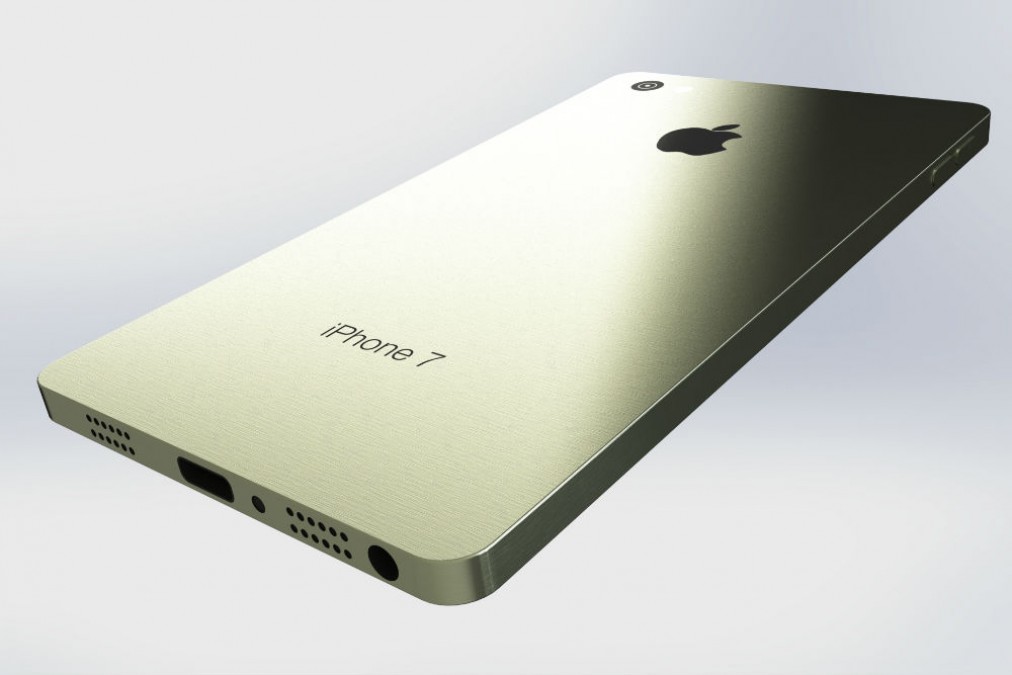Apple iPhone 7: specs and (mostly) credible predictions
The lack of information on the next iPhone has been surprising, as Apple has been particularly airtight in regard to what the next generation handset will look like, how big it will be, and whether or not it will feature any of the rumored specs suggested by the most recent patent filings.

Will the Apple iPhone 7 be water-proof? Will it be capable of falling on its back by flipping through the air like a cat when dropped? Or will it bring us augmented reality in Maps?
Top KGI Securities analyst, Ming Chi Kuo, has stepped in once again, to give his two cents about what he thinks the iPhone 7 will look like and its specs. Kuo, often dubbed as a “master of all Apple predictions”, has been rarely proven wrong, delivering early insights on numerous Apple products, including the 12 inch MacBook Retina, the 2015 Apple TV and the iPad Pro, not to mention the 5K Retina display on the 2015 iMac.
By this token, we can be at the very least 75%/80% confident about Kuo’s take on the upcoming round-numbered iPhone.
First off, the new handset will be powered by a next generation A-series CPU, most likely A10. Some (not Kuo) have advanced the theory that an A10X CPU could be in the cards, but unlikely.
The new CPU will provide better support for the camera sensor, which should get a substantial upgrade in terms of definition, in both the 4.7-inch and the 5.5-inch version.
Both versions of the iPhone 7 will come with 2GB of RAM, and will also be faster than the current LPDDR4 3200 MT/s which is currently implemented in the iPhone 6S and 6S Plus.
Better memory specs, coupled with an A10 processor will also deliver better graphic performance. On the 4.7-inch model, better graphic specs may not matter as much as they would on the 5.5 inch model, where gaming, video streaming and productivity apps may still gain a bit of traction, while consumers shift to a market that seems finally slightly more motivated to try out tablets, at least according to numbers suggesting that app engagement on larger screens is considerably higher than on phones.
Kuo also believes that the iPhone 7 will feature improved wireless signal, both in Wi-Fi and Bluetooth, and integrate Qualcomm’s X12 LTE modem, whose hardware promises to double the transfer speeds currently available on the iPhone 6S.
One thing that we don’t really need Kuo to tell us, is that the next iPhone will be thinner. Kuo’s prediction points to a 6.5mm form factor, bringing the new handset a few millimeters shy of being able to fit in wallets.
In spite of a thinner form factor, the “Prognosticator of Prognosticators” also suggests that the new iPhone will feature a resolution of 1920 x 1080 for the 4.7-inch version, which should quiet down those who weren’t happy with the 1334 x 750 resolution found in the iPhone 6 and 6S.
The 5.5-inch version is expected to go well beyond that, pushing pixels up to 2560 x 1440, bringing pixel density up to 534/inch, from its current 401 ppi resolution.
While the display resolution is higher, there is no reason to believe that Apple will upgrade the current 12 Megapixel camera sensor, but there will be, as usual, improvements on image quality, on a camera that already blows out of the water most “prosumer” DSLR’s on the market.
Apple’s 3D Touch was introduced with the iPhone 6S, but according to Kuo, that is not where it ends for Apple, as there is rumors of adding 3D “multi” Touch technology, adding the ability to detect multiple 3D touch gestures on the iPhone 7. With that said, it’s really up to the amount of information Apple is able to gather on how well 3D Touch is being received, to justify enabling users to paint five-finger gestures on a 4.7-inch display.